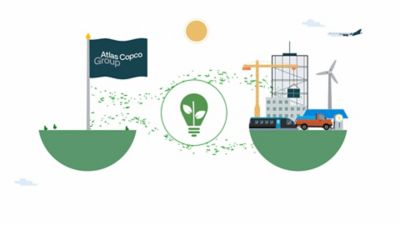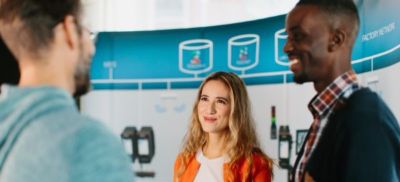Innovation stories
Want to learn more about our innovations? Want to know how our customers save energy, how operators benefit from our ergonomic equipment, and how we secure a minimal impact on the environment? Then you have come to the right place.
You can also learn about our research and development strategies, how we run our factories in a lean way, and much more. Search for industry segments that may be of special interest to you, for example construction or oil and gas. Or pick a topic that you want to learn more about, such as safety. And you can always use the search function to find specific areas, be it a country or a technology.
-
Find more great stories and ideas
-
Industries
-
Geography
-
Topics
Part of the circular economy
April 14, 2023
Did you know that your mobile phone is a veritable gold mine? Boliden Rönnskär is one the world’s leading smelters for recovery of metals. Here circuit boards are converted into pure metal which can be used in new products. The process is energy intensive, but with the assistance of Atlas Copco the smelter is now on the right track to reduce its energy consumption by more than 1 million kWh per year.
District heating, a proven method for sustainable energy
February 13, 2023
As the world wakes up to the urgent need for alternatives to fossil fuels, Sweden’s capital Stockholm already has a fully functioning, climate-friendly energy solution that has been up and running for more than half a century.
Smart team + Smart phone = Smart product
January 2, 2023
What if industrial manufacturers could adjust the speed and energy consumption of their vacuum pumps from remote, depending on their current production flow? Meet two of the innovators behind the DZS VSD+ dry claw vacuum pump that can be controlled by a smartphone app. This market-leading technology brings cost cuttings and environmental benefits, and competitors are scrambling to catch up.
Joint development is the best way forward
January 1, 2023
Atlas Copco is part of the “Wallenberg Ecosystem," set up to push scientific boundaries. The dividends we generate contribute to a flow where billions of SEK are granted to research and education, resulting in new insights for the benefit of people and industrial development. In this interview, Peter Wallenberg Jr. explains how it all works.




